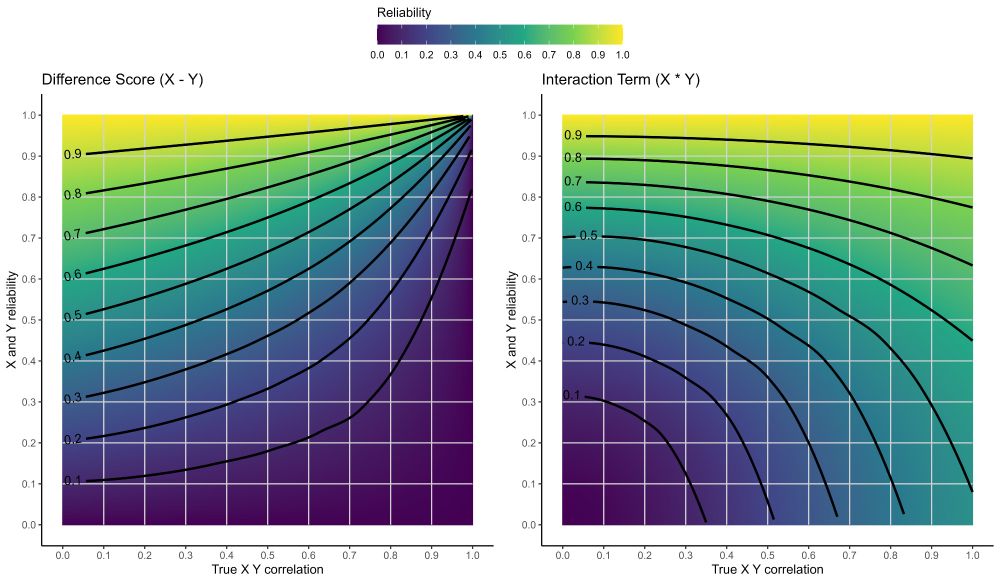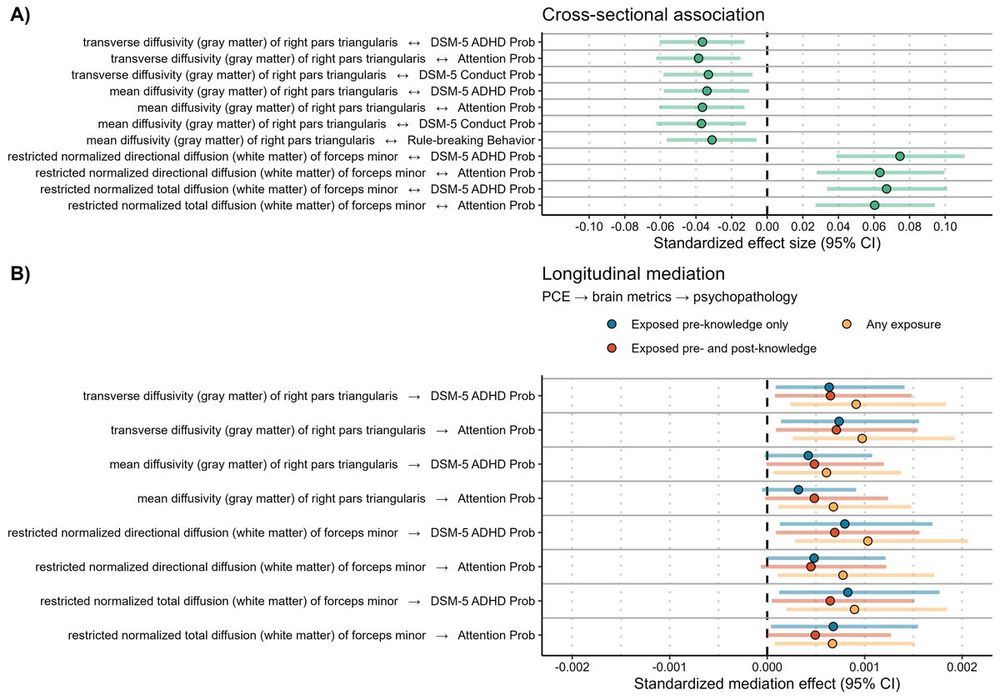
Substance use, neuroscience, genetics, & development. 🧠🧬🍺
Rock climber & dad. He/him. 🧗
Opinions my own. 🤔
bearlab.science 🐻
www.medrxiv.org/content/10.1...

www.medrxiv.org/content/10.1...


















psychopathology during early adolescence" https://rdcu.be/dMJqH

psychopathology during early adolescence" https://rdcu.be/dMJqH










